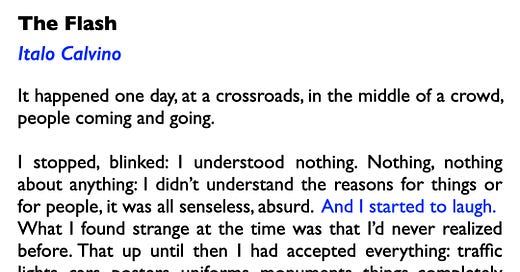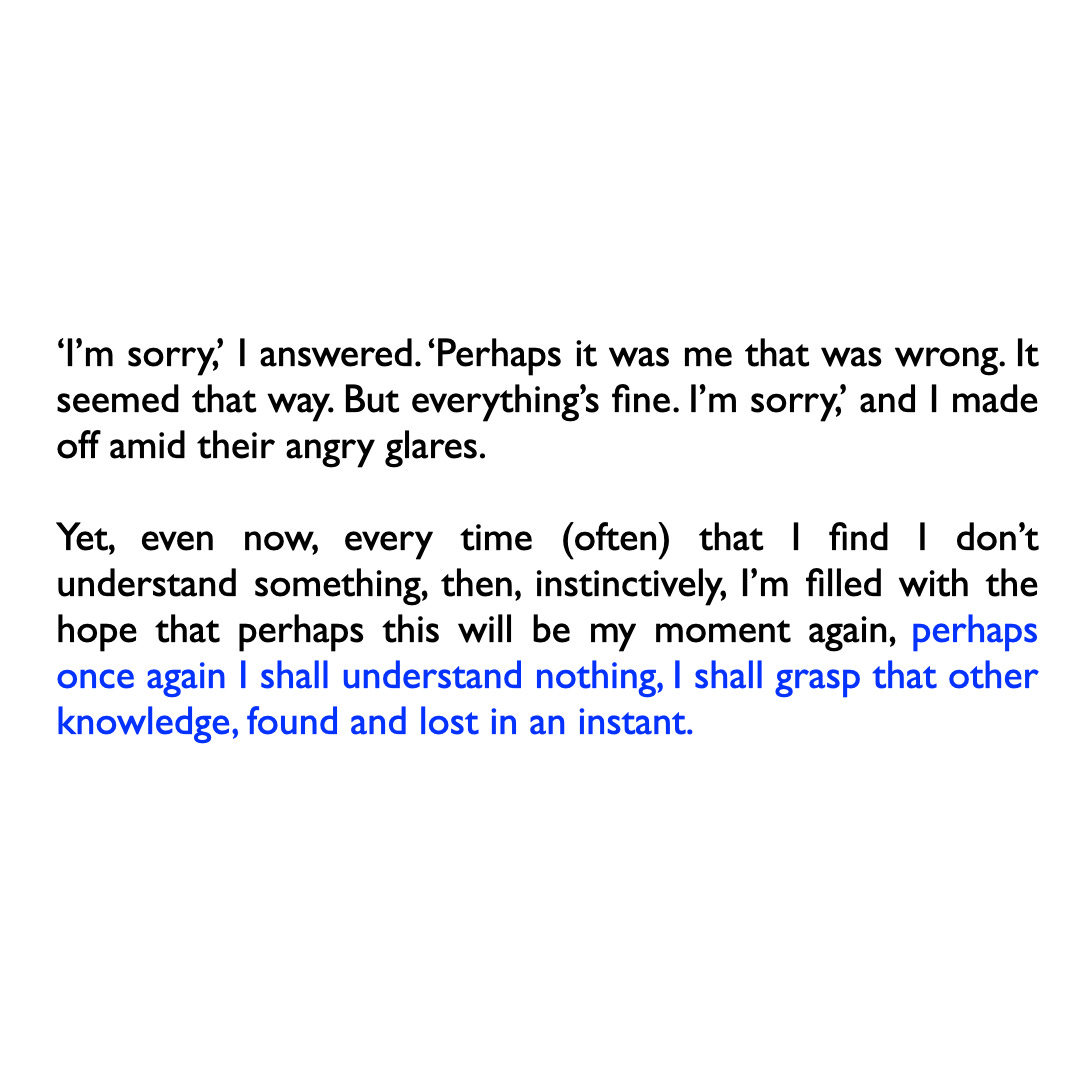Perhaps the most provocative art - the kind of texts that make you sit up and take notice, eyes swollen with intrigue and heart thumping with the curiosity of a feeling that is vaguely familiar yet completely new; the kind of work that hits you in the gut, with the force of a sunkempt morning, thrust suddenly between pages of reality smeared with dreary overcast skies; work that has you sitting there thinking “Damn! I know this. They get me. I have felt this. Thankyou for saying what I couldn’t” - perhaps, this particular cross section of intense, immersive, intimate creations, is born out of a world that the auteur cannot make sense of.
I have known this feeling - to have the tumult of reality overwhelm me; to feel like a hollowed out coconut shell trying to rein in a thunderstorm, a river in spate. This dissonance, utter disorientation, comes in a flash, yes, but also, a learned intuition that is born out of observation - often, a facility that is so subtle, that it records without report, and so it is that we learn things without knowing how or when that learning happened. Things about the self, about the world, and of course, about our relationship with the world.
It is a kind of dissonance, yes, and it isolates the creator, and the observer. Momentarily, it marries the absurd with the light of insight, and we feel, completely alone and isolated (apart from everyone else who cannot see or feel what we can), and at the same time, in total communion with the universe and other beings, both living and inanimate. In fact, the surge of inarticulable enlightenment is such, that objects start to speak, and we see at once the streaks that ensconce this chaos of things in disarray, and our own arrythmic existences with the universe.
This schizoid relationship of the artist with the world is a thing of terrifying beauty. Many have spoken about it. Camus talks about how the feeling of the ‘absurd’ could hit us at any street corner. The existentialists rued, and then found meaning (Sisyphus does smile at the top of the mountain), the post modernists revelled in the fragmentation, and today, once again, we navigate the fierce current of excess with the multitude of tools that we have at our disposal. But even as we confront the demands that modern living makes on us, with the most advanced technologies and strategies (philosophers and scientists argue that the brain is evolving, and we are developing new behaviours, new ways of processing information and creating, even the essential structure of the body is slowly but surely changing) there is a primordial dual impulse of disconnect with our surroundings, that dissolves into a sudden ray of light where we recognise our place in the world, and how we must be or what it is we must do. Maybe an artist’s journey is woven between these two, and it is this constant oscillation, this feverish strumming that creates an equal music.
I share with you, today, not a poem, but a sketch, from Italo Calvino’s Numbers in the Dark. I read it when I was a student - naive, dreamy eyed, and quite impressionable - and I have held it close ever since. I have returned to this collection many times over the years, and especially this piece. I have seen the world through Calvino’s multi-hued neon lenses, and I have yearned, like him, for that other knowledge, found and lost in an instant.
Note: There has been a bit of a gap since my last post. I have been caught up with everyday mundanities, commitments and changes, and while there were many pieces of writing I wanted to share with you as soon as I met them, I could not find the time to put together a post. I will share these, of course, in the natural course of time, and I will also give you an update, in the next post, about the September Edition of ‘Voyaging to Innocence’. Do bear with me (and the artist and poet for September), beautiful things happen slowly :)
If you are reading this, not as an email, do subscribe to Poetly for regular little packets of poetry, art and commentary to find their way into your inbox.





